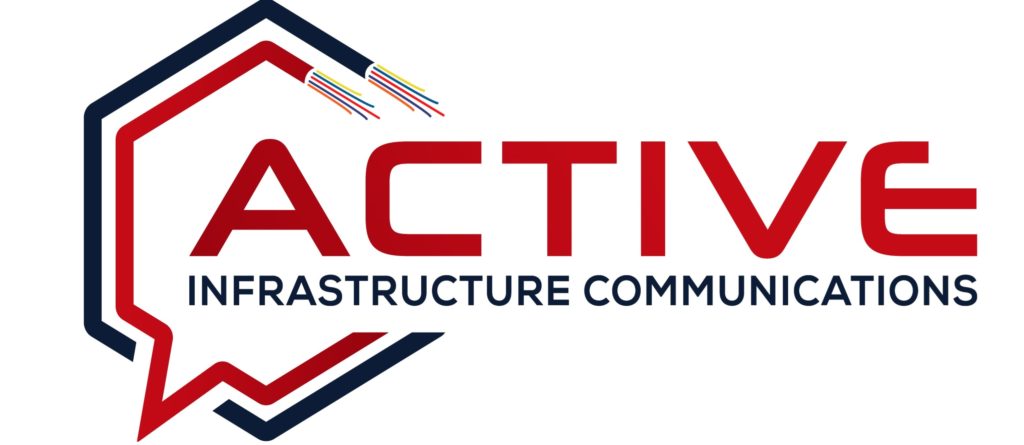Services
Video Conferencing
Allows
for Real-Time,
Face-to-Face Interactions
Video conferencing refers to the technology that enables individuals or groups in different locations to communicate with each other through live video and audio transmissions. Specifically, it allows for real-time, face-to-face interactions over long distances, thereby enhancing collaboration and communication efficiency. This technology is beneficial in various settings, including business, education, healthcare, and personal interactions.

Overall, it has become an indispensable tool for modern communication, therefore, offering convenience, efficiency, and connectivity across various sectors and scenarios.

Technologies Involved:
• Video and Audio Equipment: Such as cameras, microphones, speakers, and codecs for encoding/decoding audio and video signals.
• Network Infrastructure: High-speed internet or dedicated networks to ensure reliable transmission of data.
• Software Platforms: Dedicated video conferencing applications and platforms (For example, Zoom, Microsoft Teams, Cisco Webex) that manage meetings, participant interactions, and content sharing.
Key Features and Benefits of Video Conferencing:
Real-Time Communication:
Participants can see and hear each other in real time, fostering a more natural and interactive communication experience compared to audio- only calls.
Remote Collaboration:
Enables teams and individuals located in different places to collaborate effectively, share ideas, and furthermore work on projects without the need for physical presence.
Cost Savings:
Reduces travel expenses and associated costs by facilitating virtual meetings and conferences, thus saving time and resources.
Increased Productivity:
Allows for quicker decision-making and problem-solving, consequently bringing stakeholders together instantly, regardless of their geographical locations.
Flexibility:
Supports a variety of devices such as computers, smartphones, and tablets, providing flexibility in how and where participants can join meetings.
Enhanced Engagement:
Visual cues and non-verbal communication (e.g., facial expressions, gestures) contribute to better understanding therefore better engagement among participants.
Applications of Video Conferencing:
Contact us today to discover how our expertise and dedication can benefit your telecommunications projects
Experience firsthand why Active Infrastructure Communications is the trusted choice for superior service and exceptional results.
